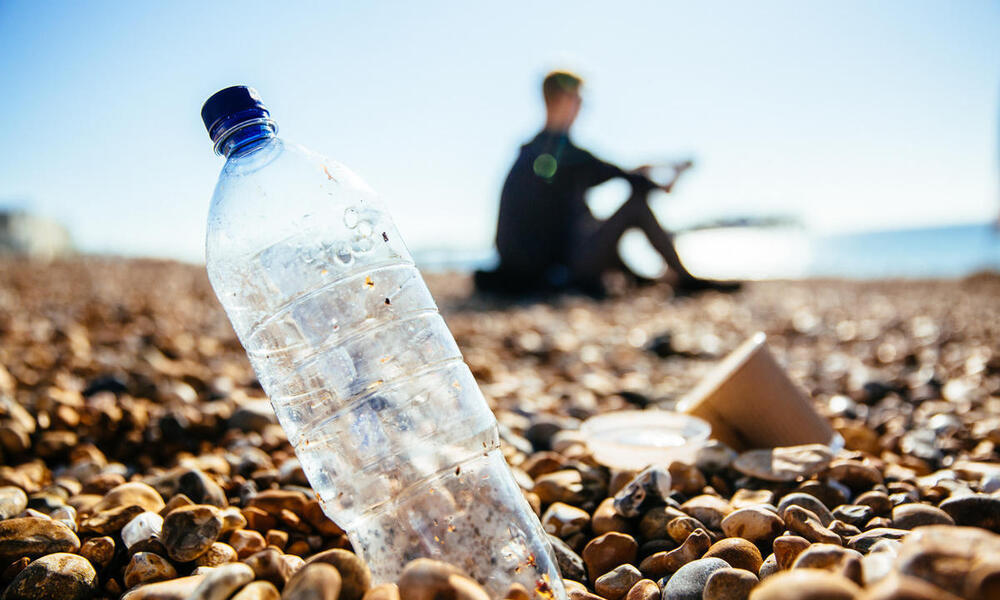But when so much of our daily lives rely on plastic, what can we do to solve this problem?
It starts with reevaluating what products and packages are truly necessary, understanding what packages can be made to be reused, and incentivizing the use of recycled content. Only then—when we reduce, reuse, and
recycle—can we create a future where our packaging and products no longer end up in nature.
We need policymakers and business leaders to take game-changing actions to help us transition from our current linear, “take-make-waste" relationship with plastic to a circular one. Circular economies will help stem our demand for new virgin plastic by ensuring that the plastic products we rely on every day are reused and recycled, and that the valuable resources we’re taking from the planet to make the material don’t become the trash polluting it. And Americans support the switch to the circular economy: three-quarters would prefer reusable plastic products over disposables, and to purchase items with minimal plastic packaging. They also want to recycle more of their plastic waste.
To achieve a circular future, we need strong policies in place that hold producers responsible for the environmental impact of their products and take the pressure off consumers. This concept, known as Extended Producer Responsibility (EPR), isn’t just an environmental priority; it benefits businesses, too. Together with American Beverage Association, we’ve built a consensus
on how we should build EPR in the US. And, through the OneSource Coalition, we’re also rallying companies and environmentalists to tell policymakers that we’re ready to make EPR a reality as part of a three-pronged approach to plastic waste policy, environmental justice, and international solutions. We've already identified a list of problematic and unnecessary materials
through the US Plastics Pact, which can help inform a path toward EPR.
Not all plastic pollution comes from packaging. Increasingly, plastic pollution comes from production plants and there’s growing evidence that microplastics enter our environments in unknown ways. We need to orient our policies with principles of environmental justice, where we create and use products with minimal impact on local communities and environments. For too long, underserved communities and people who face societal barriers and often reside in places most impacted by plastic pollution have borne the frontline impacts of an expanding plastic economy.
All of these priorities can work together because only together can we minimize all of the impacts of plastic production, use, reuse, recycling, and disposal. Our new Policy Guidance: Circular Economy for Packaging in the United States
evaluates the changes needed to our systems and connects these solutions to create a future where plastic no longer enters nature.
You can help. Tell Congress to support the Break Free from Plastic Pollution Act.
